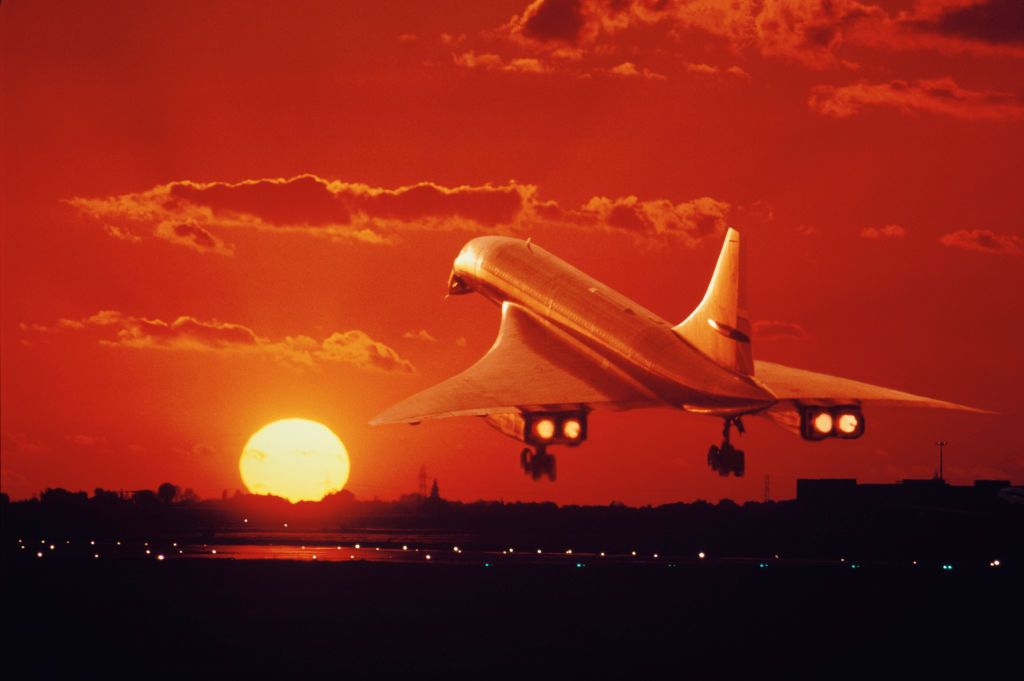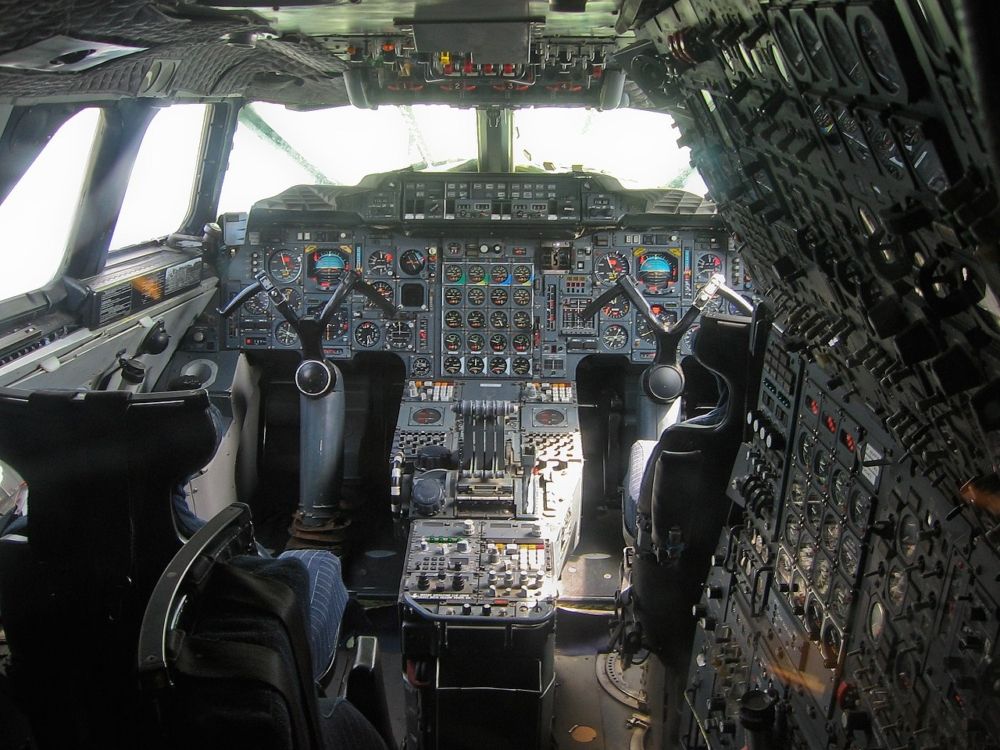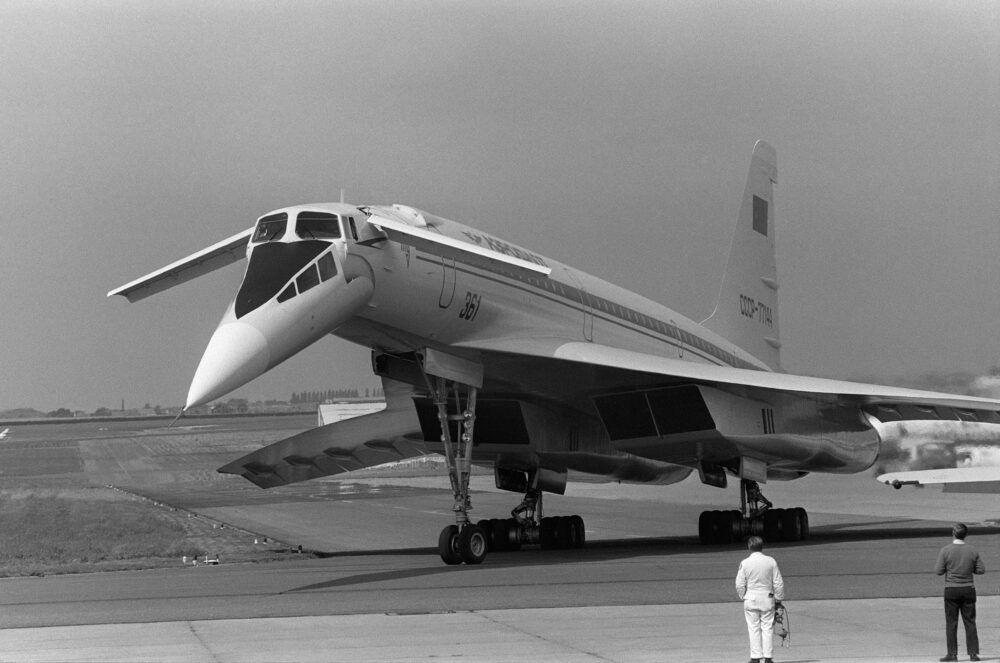The British-French supersonic airliner Concorde was a technological marvel that made supersonic dreams a reality for its 27 years of service. Produced by Aérospatiale and BAC, the delta-winged jet was capable of cruising at twice the speed of sound. It came from an era where cockpit crews were larger than today, but how many pilots did it need?
A fairly standard cockpit setup for the time
Concorde entered service in 1976, at a time when most commercial aircraft required three members of flight crew to be present in the cockpit. In addition to the Captain and First Officer, this figure also included a Flight Engineer, who typically sat behind the pilots. The Flight Engineer's role was to monitor the various dials and gauges present in the cockpit.
This role became a rarity following the introduction of glass cockpits. These displayed the relevant readings in a digitalized and more compact manner. This was a factor in the Boeing 747-300's lack of popularity compared to the glass cockpit-enabled 747-400.
While Concorde was a marvel of engineering that flew significantly faster than in subsonic contemporaries, it shared the same three-person cockpit setup as these slower aircraft. Of course, looking at the compact cockpit in the picture below, it is hard to imagine how more than just the two pilots and a flight engineer would have fitted there in any case.
Concorde pilots as a whole were a rare breed
Air France and British Airways each operated just seven examples of Concorde over the years. This meant that the number of pilots that flew it in general was very limited compared to its subsonic contemporaries, despite needing the same number of pilots per flight.
According to The Guardian, British Airways had just 20 Concorde pilots on its books by the time it retired the type in October 2003. These employees were retrained on the likes of the Boeing 747. Interestingly, Concorde's cabin crew (six per flight) didn't require retraining. Indeed, they already worked onboard other aircraft while the supersonic jet was in service.
According to Concorde Speakers, a total of 73 British Airways pilots qualified as captains on Concorde during its time in service. Additionally, Heritage Concorde notes that, on the whole, there were fewer BA Concorde pilots than there have been US astronauts.
Stay informed: Sign up for our daily and weekly aviation news digests.
A similar setup for its Soviet competitor
Concorde had a virtual monopoly on the world of supersonic air travel. After all its Soviet competitor, the Tupolev Tu-144, proved a failure. Nonetheless, it is interesting to compare and contrast these two sleek jets, as Simple Flying did back in May 2019.
Like Concorde, the Tu-144 also had space for three cockpit crew. They had different titles, with one being a Commander and the other two being Engineers. Those who worked in the Tu-144's cockpit even had access to ejector seats! With the Boom Overture set to be the next Supersonic airliner, it will be interesting to see how many pilots this design requires.
Did you know about the number of Concorde pilots? Were you ever lucky enough to fly on the iconic supersonic airliner? Let us know your thoughts and experiences in the comments!



